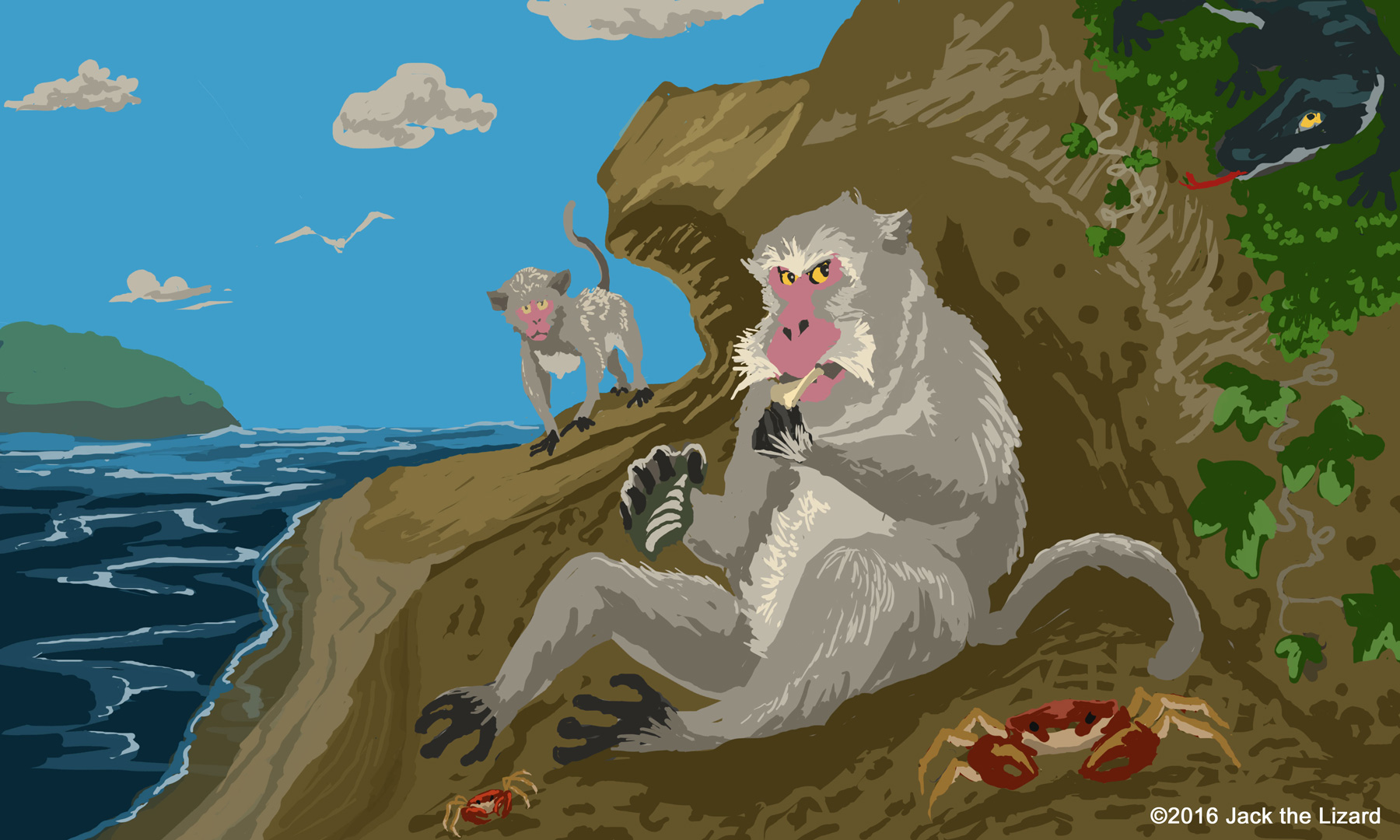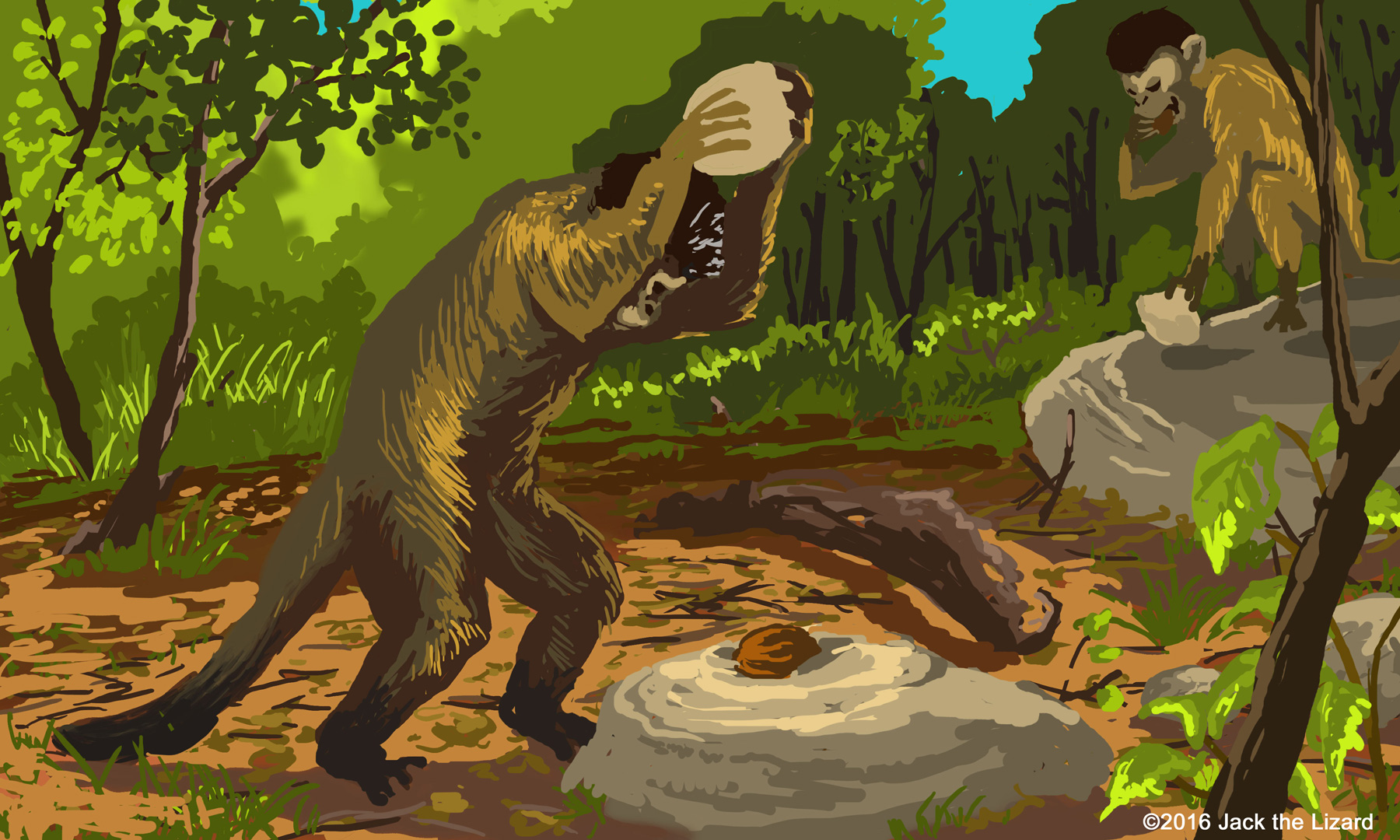
|
|
|
|
|
Jack the Lizard is on YouTube |
|
All primates have five fingers with keratin nails and eyes that situated on the front of face. So they are able to hold things firmly and measure distance accurately. Primates are composed of two large groups Strepsirrhini and Haplorhini. The former are made up of lemurs, galagos, pottos, and lorises. The later contain tarsiers and simians. Simians consist of Catarrhini (Old world monkey and ape) and platyrrhine (New world monkey). Apes include bonobos, chimps, gorillas, orangutans, gibbons and humans. Broadly primates are divided into lemurs, tarsiers, monkeys, and apes. So finally monkeys are surfaced. Old world monkeys have long tails, but some of them are shortened in the course of evolution. Unlike New world monkeys they cannot grab things with their tails. Another difference between old world monkeys and new world monkeys is structure of nose. The species of macaques and baboons are in the families of old world monkeys. The new world monkey families include species of marmosets and spider monkeys. Macaques live in Japan, Southeast Asia, and India. Baboons are African monkeys. New world monkeys are from South America. 
Long-tailed Macaques
It is very unique that the long-tailed macaques in Thailand and bearded capuchin monkeys in Brazil use stone tools. Long-tailed macaques are able to crack shellfish with stones. So do the Bearded Capuchin monkeys to crack nuts. What makes them so special is that both of them use stones. Not many primates other than humans and chimps use stones as tools. Their fingers and thumbs must move intricately to grab a stone and maneuver it to hit the object. Both monkeys are incredibly adapted to the environment surround them. 
Bearded Capuchin
|